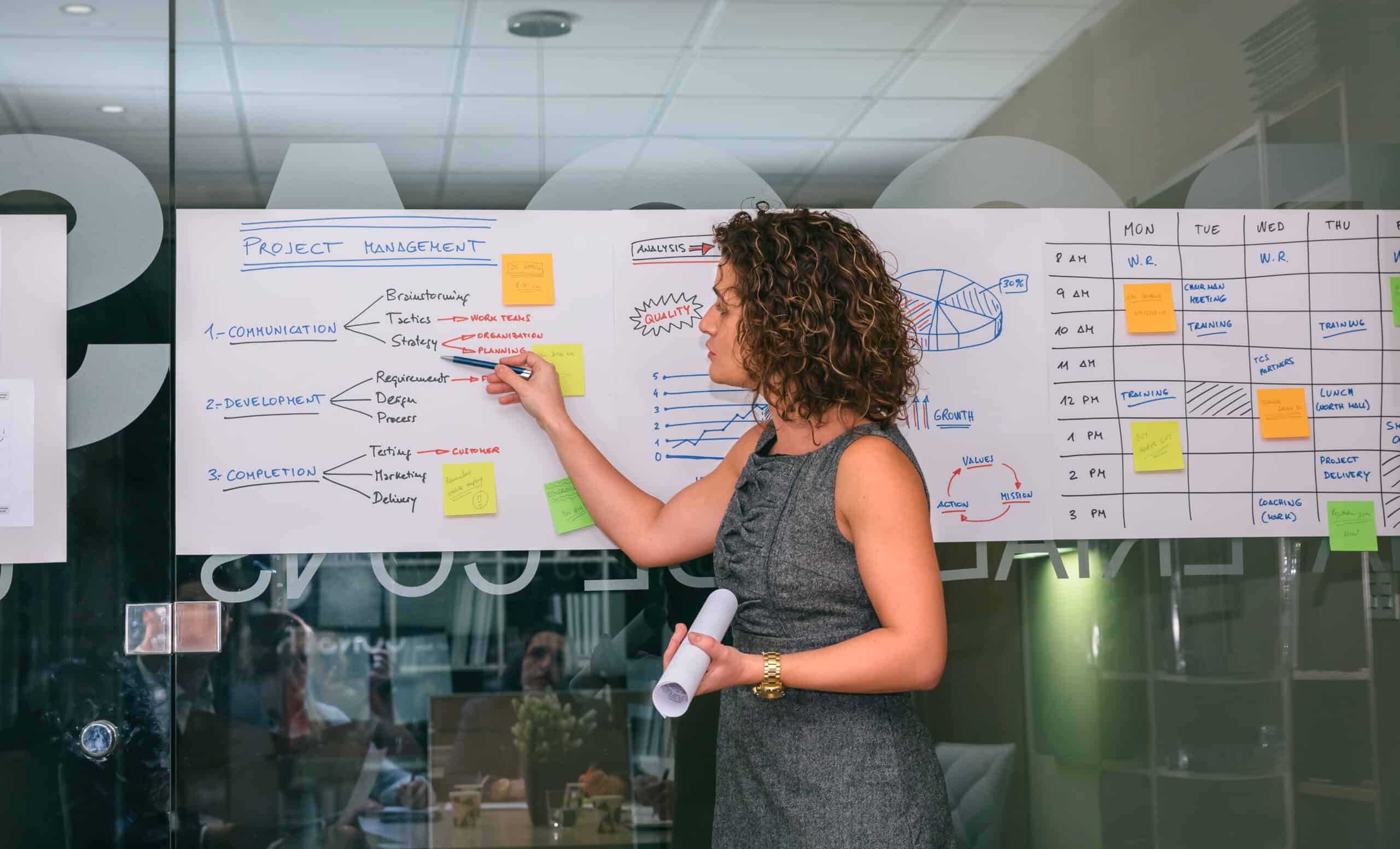
When a project has real importance to it and business operations will be affected, having a formalized process is recommended.
Overview: What is a project process?
It is defined as an action that encompasses all of the internal workings of a project, from the planning stage to its implementation.
3 benefits of having a project process
Here are a few key benefits of putting this concept into practice:
1. Single strategy
You have a single strategy as a master plan. This keeps everybody in a team on the same page instead of doing their own thing and creating chaos.
2. Catches problems early
A well-defined process gives your team the necessary data to be able to spot issues early on.
3. Eliminates guesswork
Having one helps to monitor progress accurately in order to eliminate guesswork as well as minimize incomplete reporting.
Why is a project process important to understand?
Understanding how to properly organize and sequence the various tasks involved in a project is important to understand for some major reasons:
It keeps you aware of any project risks
You and your team need to be aware of any risks to a project. If you have a comprehensive process supporting the project as your guide, you can spot risks and address them head-on.
It keeps you on-track
By understanding how this works, you are more likely to keep a project on track and on schedule.
Timeframes are more accurate
A well-organized process plan can make it so that you can give highly accurate timeframes to your team or any other relevant parties.
An industry example of a project process
A fast-food company is planning to test-market a new seasonal chicken sandwich. To adequately monitor how the test marketing goes, a project process is developed. The test-marketing project team leaders make sure all aspects of the process are carefully planned, implemented, monitored, and controlled. At the end of the three-month trial period, the company feels like they have adequate information needed to feel confident about a nationwide rollout of the new sandwich.
3 best practices when thinking about project processes
Here are some practices to consider to make sure you are successful in your project processes:
1. Don’t skip steps
Following an established and orderly process gives your organization a better chance of handling issues as they arise.
2. Collaborate
When putting together the process, be sure to openly communicate with all parties involved so that modifications can be made and that timetables are realistic. Gathering information on tasks and sequencing from those that will be actually doing the work can help ensure success.
3. Get regular updating
During the process, get regular updates about the status of each project activity. This will help you and the team have consistent reassurance that the project is on target to meet the desired completion time.
Frequently Asked Questions (FAQ) about a project process
What are the five stages of project processes?
The five stages are planning, initiating, executing, monitoring/controlling, and closing. These can happen at various points in the life cycle of the project and do not necessarily need to occur absolutely sequentially as long as they are all given adequate attention.
The initiation stage covers the mission, goals, project deliverables, budget, and possible risks.
The planning stage can be considered the most critical stage. This is where the project plan is drafted and several documents are prepared. Some of these documents include a scope statement, a project schedule, a communication plan, a project quality plan, and an acceptance plan.
The execution stage will likely be the longest stage as it is where the biggest allocation of resources is targeted. This is where the actual implementation of the plan happens. At this stage, it is vital to control resources, monitor progress, and keep clear communication channels open. Frequent team meetings are recommended to report on how all aspects of the project are going, hear requests for changes, and alter the plan if needed.
The monitoring and controlling stage ensure that the project moves along as planned and within the timeframe allocated. Monitored progress is compared against goals and adapted as necessary. With adequate monitoring, there is minimal risk.
The closing phase happens when goals are achieved and the project is ready for release. The entire lifecycle of the project is covered in a meeting to note takeaways, room for improvement, and other noteworthy information that should be documented with the rest of the project data. This information can then be utilized for future projects.
How long should the planning stage for a project take?
There is no set length that the planning stage should take for a project. The key, though, is to set a hard timeframe for this stage so that a project moves beyond the early stages.
What is project process flow?
It is a graphical tool that functions as a visual aid to illustrate the steps to be followed during the process.
The intelligence of having a process in place for any project
While not every project needs such a detailed process, it also doesn’t hurt to follow this process for all projects. If a project is important to your business, having a process mapped out will help make sure it is successful. Even if your projects are small right now, familiarizing yourself with the process will prepare you for much bigger ones.